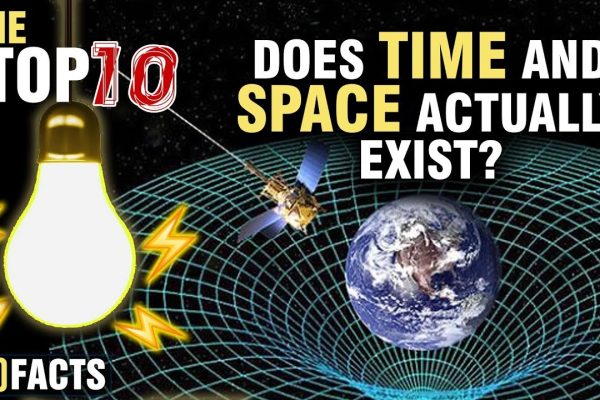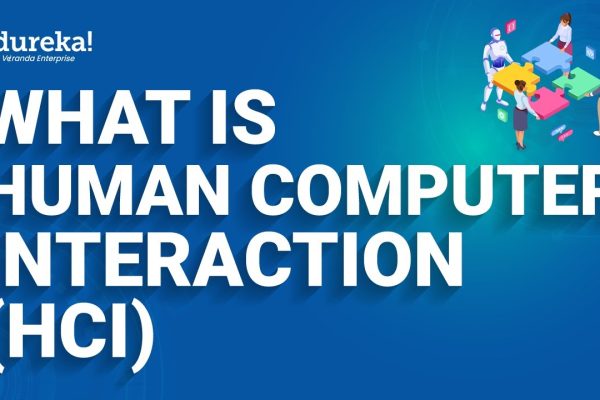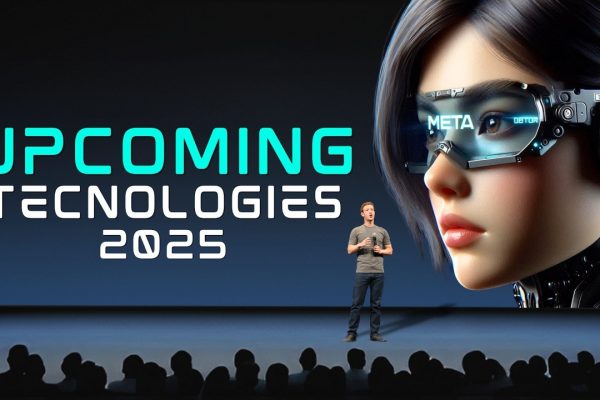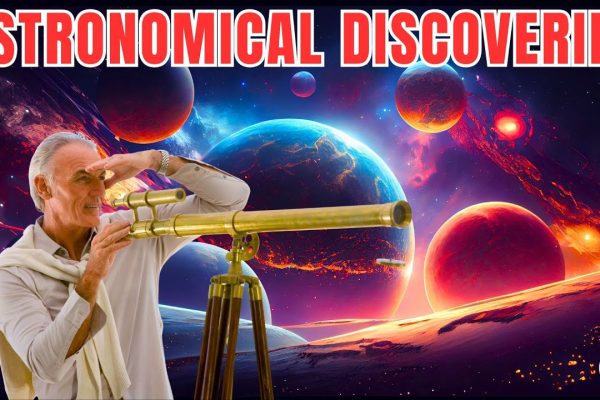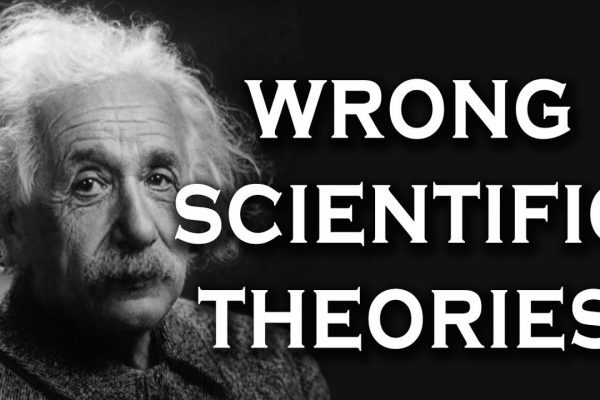
❌🔬 Top 10 Scientific Theories That Were Later Proven Wrong
Science is always evolving, and some theories that were once widely accepted have since been debunked. From spontaneous generation to phlogiston theory, these once-popular ideas shaped scientific thinking—until new discoveries proved them wrong. In this article, we’ll explore the Top 10 Scientific Theories That Were Later Proven Wrong and how they changed our understanding of…



